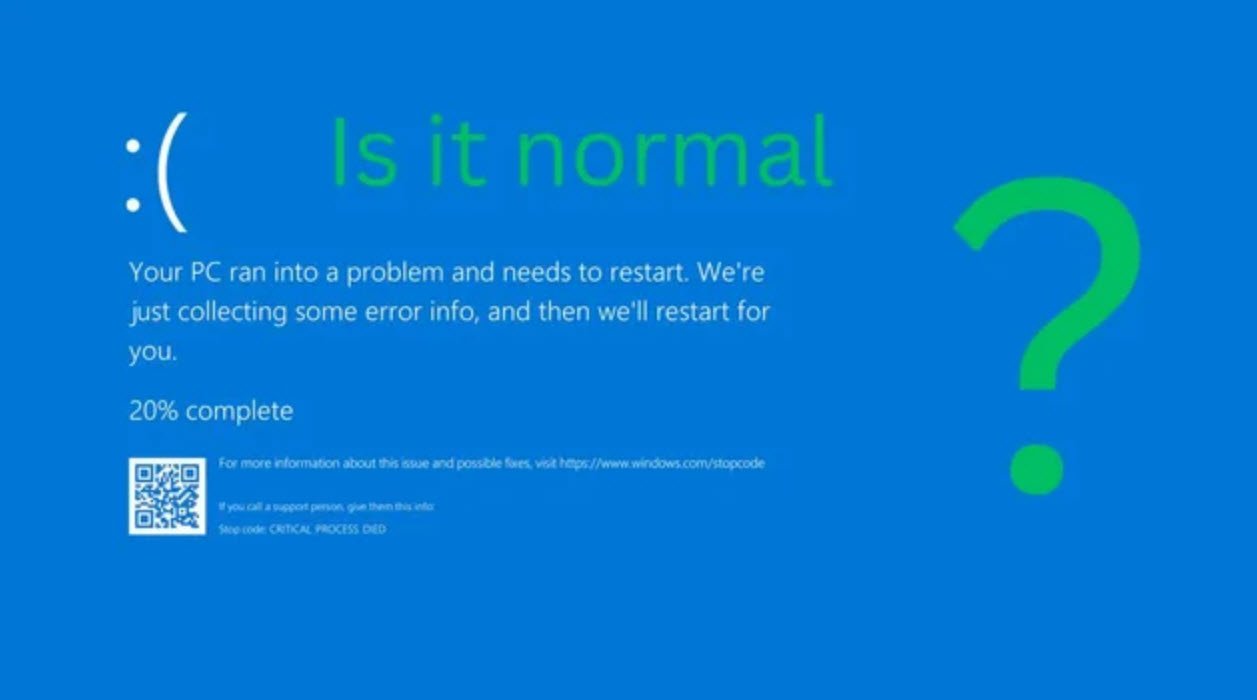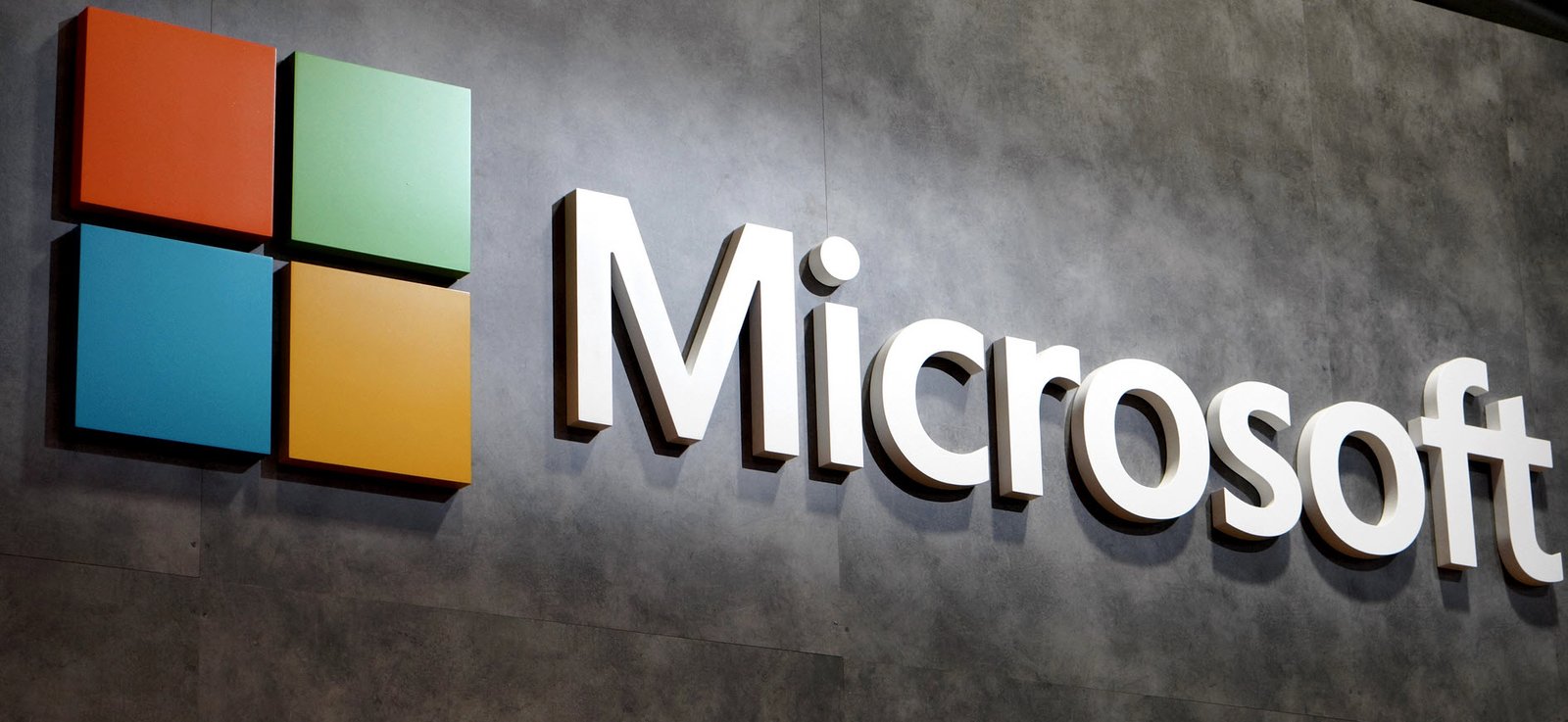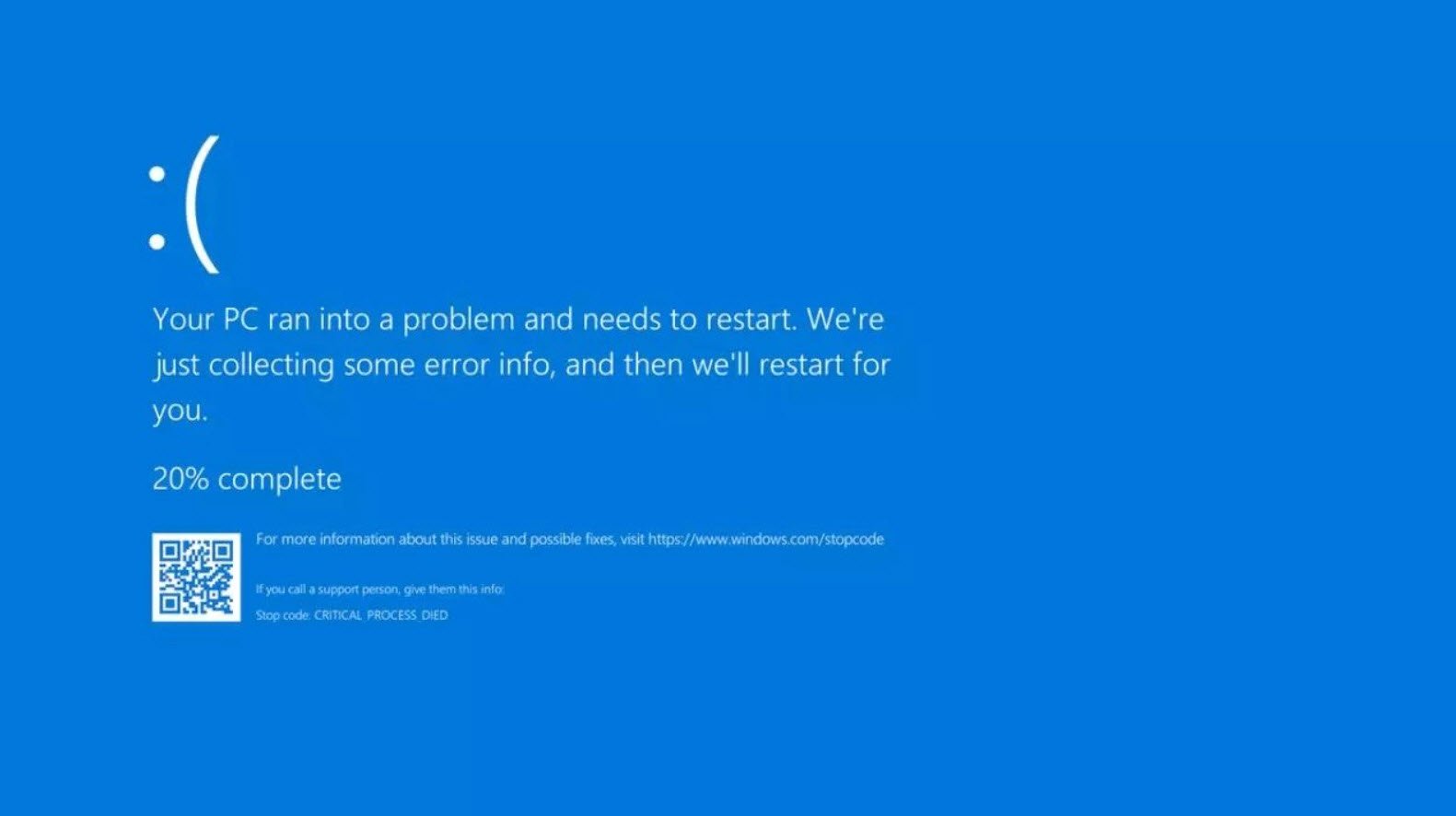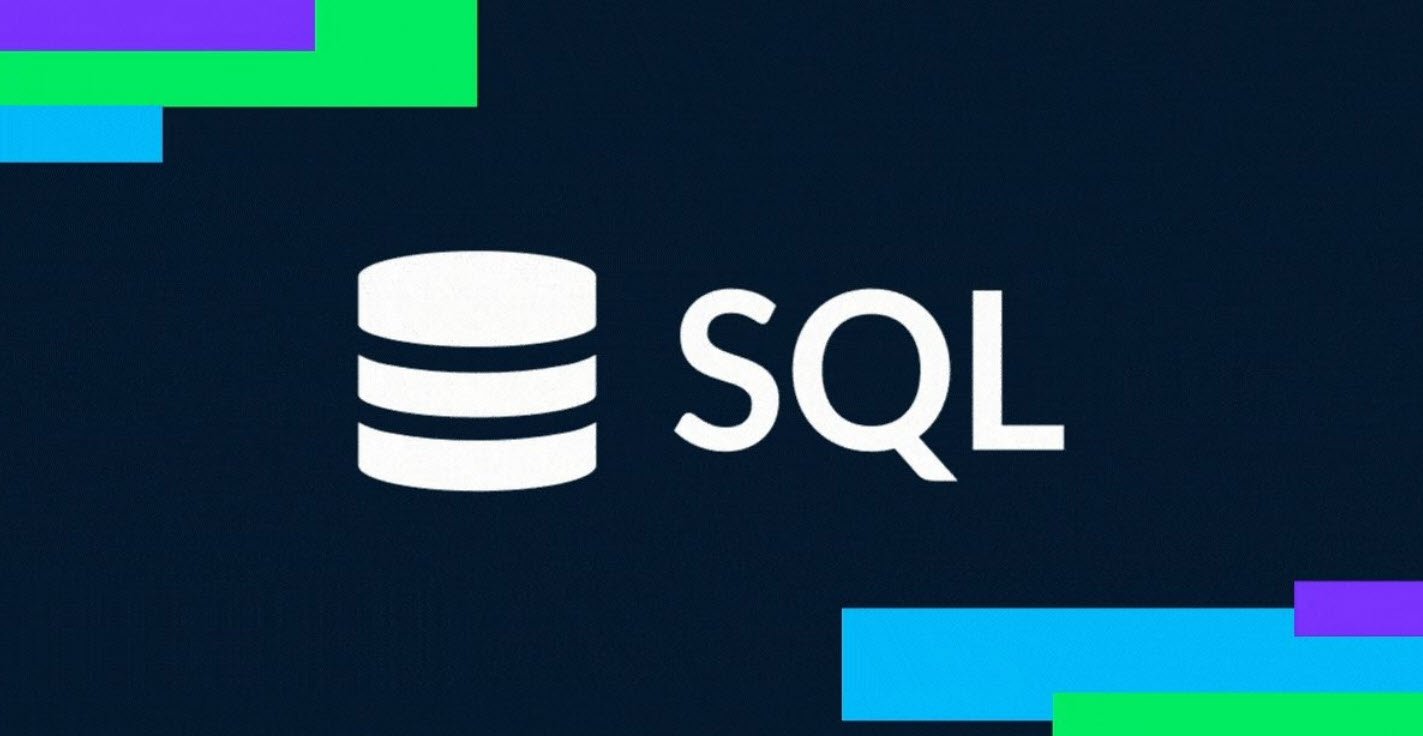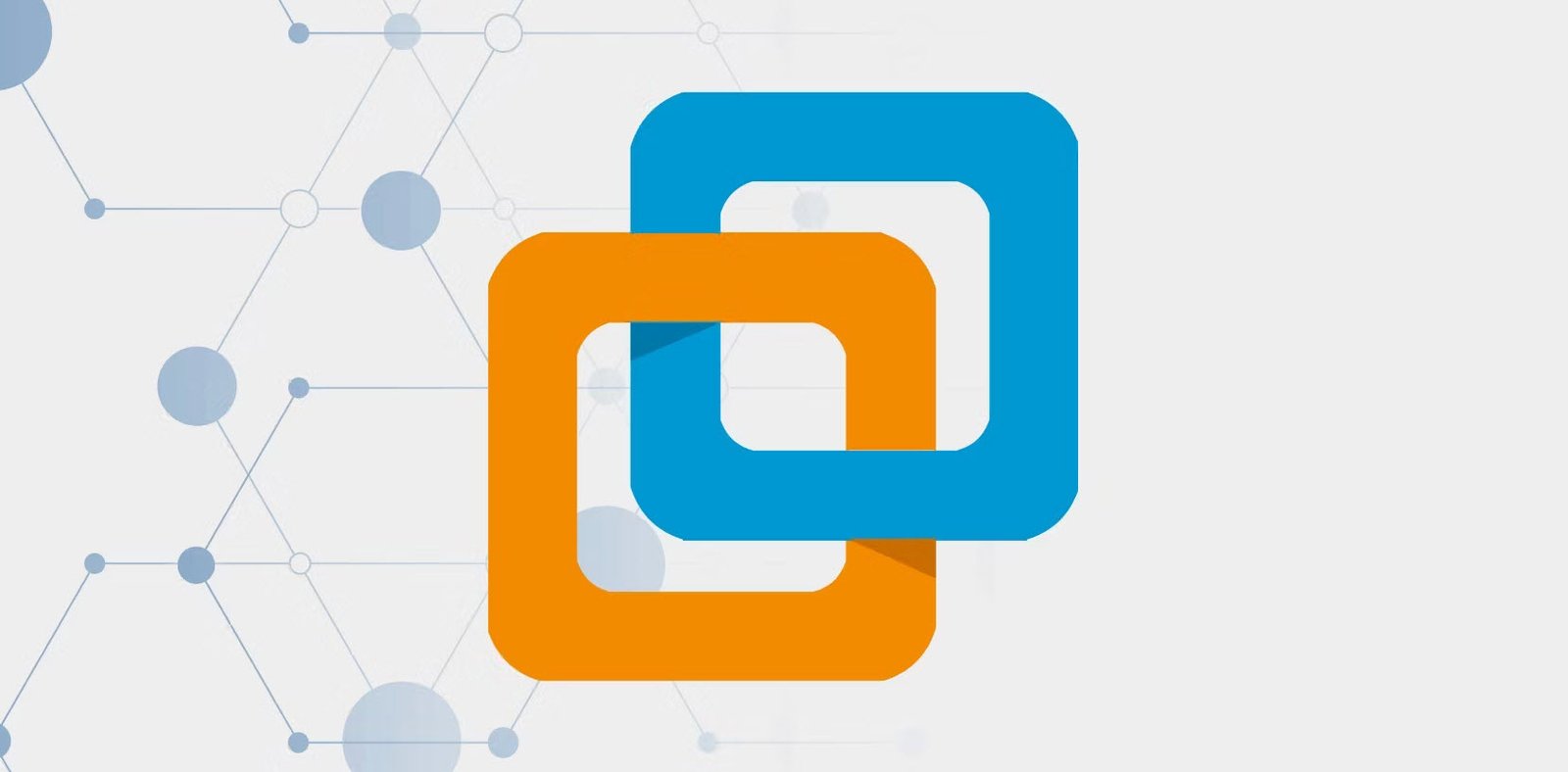
In the fast-paced digital era, computers have become an integral part of our lives, driving innovation, enhancing productivity, and revolutionizing the way we communicate and interact. At the core of this technological marvel are a diverse array of input and output devices, each serving a distinct purpose to facilitate seamless interaction between humans and machines.
From keyboards that translate our thoughts into text to monitors that visualize our digital creations, the world of computing is powered by a remarkable ensemble of devices.
In this article, we delve into the major input and output devices that shape our modern computing experience.
Major Input Devices
1. Keyboard:
The keyboard stands as one of the most ubiquitous and fundamental input devices. It enables users to input text, commands, and various keystrokes, forming the cornerstone of human-computer interaction.
2. Microphone:
As voice recognition technology advances, microphones have become essential input devices. They convert spoken words into digital data, enabling voice commands, dictation, and communication through applications like voice assistants.
3. Barcode Reader:
Barcode readers swiftly capture and convert barcode information into digital data. Widely used in retail and inventory management, they streamline data entry and facilitate accurate tracking.
4. Camera:
Cameras capture visual information, allowing users to input images, videos, and even enabling video conferencing and augmented reality experiences.
5. Electronic Pen:
Electronic pens or styluses provide a natural way to draw, write, and interact with touchscreen devices, making them invaluable for artists, designers, and note-takers.
6. Joystick and Gamepad:
Popular among gamers and professionals, joysticks and gamepads provide precise control over digital environments, offering tactile feedback and enhancing immersion.
7. MIDI Port:
The MIDI port is essential for musicians and composers, enabling electronic instruments and devices to communicate, creating a bridge between the analog and digital music worlds.
8. Pointing Devices:
Pointing devices like mice and trackpads offer intuitive control over on-screen elements, enabling navigation, selection, and manipulation.
9. Touch Screen:
Touch screens respond to touch gestures, allowing direct interaction with digital content and eliminating the need for intermediary devices.
10. Wireless Antenna and USB Port:
Wireless antennas and USB ports enable the connection of various peripherals, including wireless keyboards, mice, and other devices.
11. Scanner:
Scanners digitize physical documents, images, and objects, converting them into digital data for storage, editing, and sharing.
12. Motion Sensor:
Motion sensors detect and respond to movement, enabling interactive experiences in applications ranging from gaming to virtual reality.
Major Output Devices
1. Monitor:
Monitors display visual output, ranging from text and images to videos and graphics, offering a visual interface for users to interact with digital content.
2. Printer:
Printers produce hard copies of digital documents, images, and designs, making them an essential tool for communication and archiving.
3. Speaker and Headphone:
Speakers and headphones provide audio output, enabling users to listen to music, videos, and other sound-based content.
4. Projector:
Projectors display digital content on larger screens or surfaces, making them ideal for presentations, entertainment, and educational purposes.
5. Plotter:
Plotters generate high-quality vector graphics and intricate drawings, often used in design and engineering applications.
6. Computer Output Microfilm (COM):
COM systems transform digital data into microfilm, a medium used for archival purposes and data preservation.
In Conclusion
The symbiotic relationship between input and output devices forms the backbone of modern computing. From the rhythmic tapping of keyboards to the visual splendor of monitors and the resonating melodies of speakers, these devices seamlessly bridge the gap between human intent and digital functionality.
As technology continues to evolve, the array of input and output devices will expand, enriching our experiences and pushing the boundaries of human-computer interaction. Whether we’re typing a document, capturing a moment with a camera, or immersing ourselves in a virtual world, these devices pave the way for innovation, connectivity, and creativity in the digital age.
You may also like:- Top 10 CSS Libraries for Your Next App
- How To Fix the Crowdstrike/BSOD Issue in Microsoft Windows
- MICROSOFT is Down Worldwide – Read Full Story
- Windows Showing Blue Screen Of Death Error? Here’s How You Can Fix It
- A Guide to SQL Operations: Selecting, Inserting, Updating, Deleting, Grouping, Ordering, Joining, and Using UNION
- Top 10 Most Common Software Vulnerabilities
- Essential Log Types for Effective SIEM Deployment
- How to Fix the VMware Workstation Error: “Unable to open kernel device ‘.\VMCIDev\VMX'”
- Top 3 Process Monitoring Tools for Malware Analysis
- CVE-2024-6387 – Critical OpenSSH Unauthenticated RCE Flaw ‘regreSSHion’ Exposes Millions of Linux Systems


